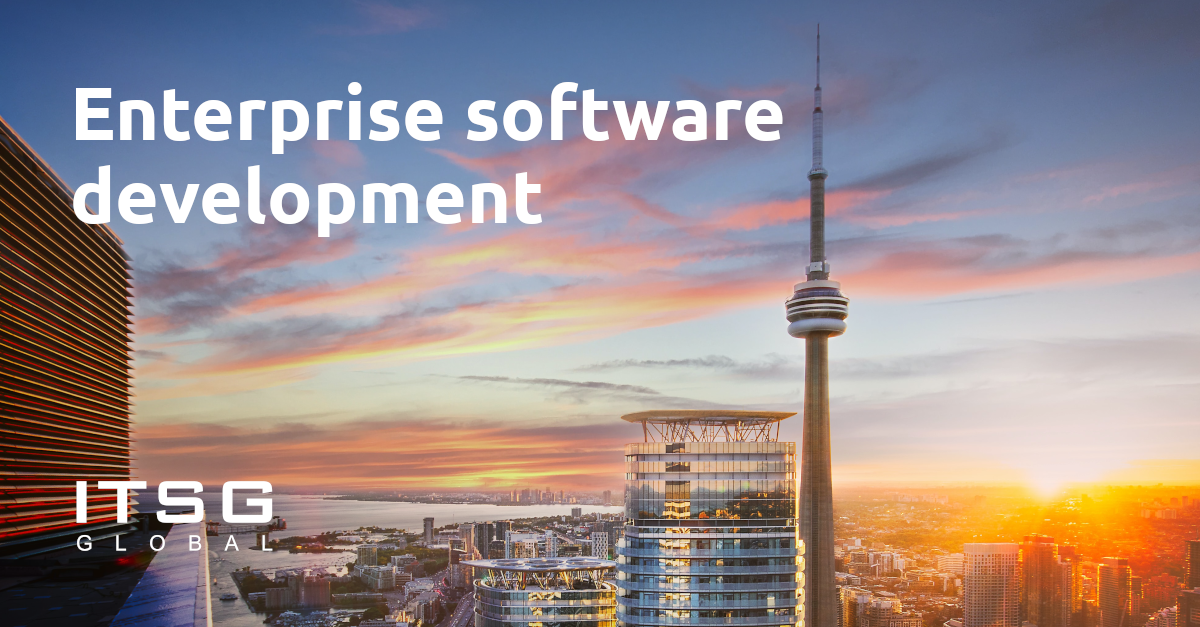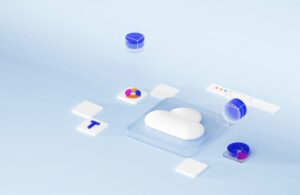6 April 2022
Enterprise application software is a term used to describe a computer software used for big, mature companies that have grown too big to be managed manually. Those companies need a specific type of software that will interdisciplinarily cover different parts of business and a wide variety of operations.
Setting up a high quality EAS is a challenge that requires great communication between the client and the team. Trust and mutual understanding are a must, also the project manager is responsible for keeping track of all processes that are happening simultaneously. The perfect EAS is supposed to integrate all operations of a company, so the point is to satisfy the organization itself together with all its core purposes, not the needs of individual users. That means that the team has to understand the flow of work and information in the organizational structure to create a highly effective final product.
Since EAS has to be multidisciplinary in order to serve its basic purpose, the team manager has to clarify all needs and expectations from the client. That requires a deep understanding of the processes and a lot of analytical skills to envision how those can be merged in one software. The system must be developed in a way that will allow each user to do their assigned tasks effectively but also has to be clear and understandable for the managers. This usually means a complicated set of views and permissions to do / see specific processes in the flow, but without cutting into other people’s jobs.
The final product is tailored specifically for the client, which means that it will be fully owned by them. That said, there are two ways of maintaining the software. The first one is training the in-house IT department on how the system can be modified. The second one is external support from the company who originally created the EAS. There are different pros and cons to both those options and they should be individually discussed.
Another function that is quite demanding is reporting. The software needs to have the capability of generating reports, since the company’s size determines the amount of data processed every day. Reports are crucial for keeping track of the work done and seeing areas for further improvement. Again, those reports have to be created based on the view and given permission of the person asking for one, which requires planning and perfect execution.
Technically there is a possibility of using already existing and probably much cheaper tools for every department separately, but there are some pretty big drawbacks to that.
First, adding third party solutions to the company infrastructure puts additional work on management, for they have to understand different software and how it works. There is also no guarantee that employees performing the same job are using the same version of the same product. There is also a risk that at some point the software in use will not be enough to process huge amounts of data or it will take too much time to do so. Another problem is security and the question of who has access to specific data including passwords and crucial information.
Another drawback of using different tools is the lack of workflow and issues with communication. One software makes it easier to manage, track performance rate or KPIs and have control over how our employees are dealing with specific tasks. The visibility is a big advantage of having EAS, because from a manager’s point of view you don’t have to wait for reports – you can generate them from the system and react accordingly if there is any issue that has to be dealt with.
Scalability is not just a buzzword – if your company is growing fast, you should be able to predict what kind of tools you will need after you grow even more in numbers – be it customers, orders, you name it. You can standardize your processes and be prepared for even more success and more data to work with.
Plus, the COVID-19 pandemics caused many employees to work from isolation. That puts even more risks of using some external software to deal with company’s data. EAS will not only be perfect to supervise your specialists work but also will increase safety. Also, it should be relevant to provide access to contacts and opportunities from different types of devices.
Next benefit is customized user experience design. If the system is supposed to be used internally the aesthetics are not as important as developing additional features or focusing on safety and scalability. However if parts of the system are visible for your customers or external parties you might consider creating a specific image. The project manager should also advise you on what kind of tools you could benefit from. The budget depends on your choice of frameworks so it’s only responsible to discuss the range tools before making a final decision.
Another thing is that your business partner should provide you with the documentation of the project, to enable you for future maintenance.
Finally your personalized EAS has to go through functional and nonfunctional testing. Since you are working on a living organism, it’s important to understand that those things take time – performance, functional and security issues have to be tackled, also there’s a need for discussing the product with your employees and gaining some feedback. Changes are generally not the most pleasant thing to deal with, so the shift to new software has to be comfortable for all parties.
And later all there is left is enjoying the benefits.
Author: Leszek Warzecha, Digital Marketing Specialist at ITSG Global







